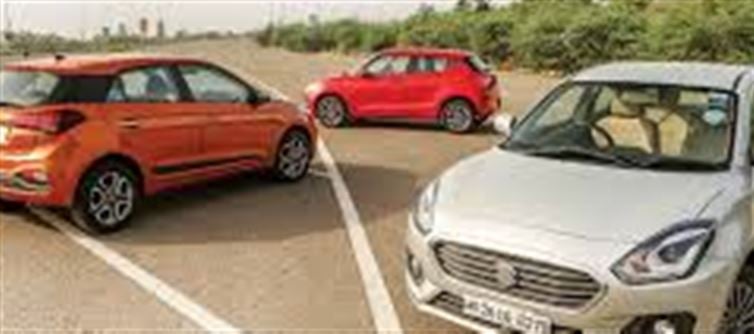
Nearly two decades ago, in 2006, the indian government introduced a landmark policy as part of the Union Budget—the sub-4 metre rule. This regulation incentivized the manufacture and purchase of cars that are less than 4 metres in length by offering tax benefits, aiming to promote compact, fuel-efficient vehicles suitable for India’s crowded roads.
🏛️ What Was the Sub-4 Metre Rule?
The policy provided a lower excise duty on passenger cars under 4 metres, encouraging automakers to design and launch smaller, affordable vehicles. This led to the rise of the iconic compact hatchbacks and sedans that dominated the indian roads for years.
🚘 Impact on the indian Automotive Industry
· Boosted Compact car Segment: It sparked a surge in popularity for compact cars like the Swift, Dzire, and Baleno.
· Affordable Mobility: It made car ownership more accessible to middle-class indians by lowering costs.
· Innovation Within Constraints: Manufacturers creatively engineered cars to maximize space and features while keeping length under 4 metres.
⏳ Why the Rule Has Run Its Course
However, times have changed, and so have consumer preferences and market dynamics. Here’s why the sub-4 metre rule is now considered outdated:
· Shift Toward SUVs and Larger Vehicles: indian buyers are increasingly favoring SUVs and crossovers, which typically exceed 4 metres, seeking more space, safety, and style.
· Improved Infrastructure: Better roads and highways have reduced the need for ultra-compact cars.
· Changing Urban Landscape: While city traffic remains a challenge, suburban and rural buyers prefer bigger vehicles for comfort and utility.
· Emission and Safety Norms: Stricter regulations demand better safety and emission features that are sometimes easier to integrate into larger platforms.
· Innovation Beyond Size: Manufacturers are focusing on electric vehicles, advanced tech, and design flexibility rather than just size constraints.
🔮 What Lies Ahead for India’s Automotive Market?
Industry experts suggest that the sub-4 metre rule might be phased out or revised to reflect current trends. The focus is likely to shift toward:
· Sustainability and Electrification: Encouraging electric vehicles regardless of size.
· Safety and Emission Standards: Uniform standards that apply across vehicle segments.
· Consumer Choice: Allowing greater freedom for buyers and manufacturers to innovate without size-based tax incentives.
📢 Conclusion
The sub-4 metre rule was revolutionary in shaping India’s automotive landscape for nearly 20 years. But as the market evolves, the policy needs to adapt or make way for newer regulations that align with modern mobility needs and aspirations.
Disclaimer:
The views and opinions expressed in this article are those of the author and do not necessarily reflect the official policy or position of any agency, organization, employer, or company. All information provided is for general informational purposes only. While every effort has been made to ensure accuracy, we make no representations or warranties of any kind, express or implied, about the completeness, reliability, or suitability of the information contained herein. Readers are advised to verify facts and seek professional advice where necessary. Any reliance placed on such information is strictly at the reader’s own risk.




 click and follow Indiaherald WhatsApp channel
click and follow Indiaherald WhatsApp channel